Kindergarten:
Content Object: I can demonstrate comprehension of Earth’s materials and its uses by planting a seed using Earth’s materials (soil and water) and observing it grow for weeks.
Language Objective: I can orally explain how I planted my seed today.
Sentence stems: First I _________________________. Then I _____________________.
Next I ________________________. Finally I _______________________________.
Vocabulary: Earth Materials, soil, water, plant, seed, grow
E.SE.E.1 Earth Materials- Earth materials that occur in nature include rocks, minerals, soils, water, and the gases of the atmosphere. Some Earth materials have properties which sustain plant and animal life.
![IMG_3987[1]](https://iblog.dearbornschools.org/gruczl/wp-content/uploads/sites/1011/2016/05/IMG_39871-300x225.jpg)
![IMG_3989[1]](https://iblog.dearbornschools.org/gruczl/wp-content/uploads/sites/1011/2016/05/IMG_39891-300x225.jpg)
![IMG_3991[1]](https://iblog.dearbornschools.org/gruczl/wp-content/uploads/sites/1011/2016/05/IMG_39911-300x225.jpg)
![IMG_3992[1]](https://iblog.dearbornschools.org/gruczl/wp-content/uploads/sites/1011/2016/05/IMG_39921-300x225.jpg)
First Grade:
Content Objective: I can demonstrate knowledge of animal life cycles by identifying the stages in a chicken life cycle.
Language Objective: I can orally explain the stages in a chicken’s life cycle using my chicken life cycle wheel and transition words.
Sentence Stems:
First______________. Then, ______________.
Next,______________. Finally _____________.
Vocabulary: Life Cycle, egg, roosting, hatchling, chick, adult, Oviparous Animals
L.OL.E.2 Life Cycles- Plants and animals have life cycles. Both begin life and develop into adults, reproduce, and eventually die.
L.OL.01.21 Describe the life cycle of animals including the stages.
![IMG_3986[1]](https://iblog.dearbornschools.org/gruczl/wp-content/uploads/sites/1011/2016/05/IMG_39861-300x225.jpg)
Second Grade:(continuation from last week)
Content Objective: I can demonstrate comprehension of how plant seeds get dispersed to help a plant’s life cycle by experimenting in a bee pollination activity using starburst(nectar), cheese puffs(pollen) and paper flowers.
Language Objective: I can draw and write to explain how a bee pollinates and helps a plant survive using transition words, first, next, then, finally.
Vocabulary: plant seeds, fruit, nectar, pollen, seed dispersal, life cycle, pollination
L.OL.E.2 Life Cycles- Plants and animals have life cycles.
L.OL.E02.14 Identify the needs of plants.
Third Grade:
Content Objective: I can demonstrate comprehension of recycling, reducing, and reusing of Earth’s materials by creating a new invention using recyclable materials such as used paper, paper towel rolls, straws, paper cup/plates, water bottles, bottle caps, styrofoam pieces, bubble wrap, cardboard, buttons, etc.
Language Objective: I can draw and write to explain my group’s new invention made out of recyclable materials.
Vocabulary: Recycle, Reduce, Reuse, Earth’s materials, renewable, non-renewable, resources
E.ES.03.43 Describe ways humans are protecting, extending, and restoring, resources(recycle, reduce, and reuse).
E.ES.03.44 Recognize that paper, metal, glass, and some plastics can be recycled.
![IMG_3975[1]](https://iblog.dearbornschools.org/gruczl/wp-content/uploads/sites/1011/2016/05/IMG_39751-300x225.jpg)
![IMG_3974[1]](https://iblog.dearbornschools.org/gruczl/wp-content/uploads/sites/1011/2016/05/IMG_39741-300x225.jpg)
![IMG_3972[1]](https://iblog.dearbornschools.org/gruczl/wp-content/uploads/sites/1011/2016/05/IMG_39721-300x225.jpg)
![IMG_3971[1]](https://iblog.dearbornschools.org/gruczl/wp-content/uploads/sites/1011/2016/05/IMG_39711-300x225.jpg)
![IMG_3970[1]](https://iblog.dearbornschools.org/gruczl/wp-content/uploads/sites/1011/2016/05/IMG_39701-300x225.jpg)
![IMG_3966[1]](https://iblog.dearbornschools.org/gruczl/wp-content/uploads/sites/1011/2016/05/IMG_39661-300x225.jpg)
Fourth Grade: (Continuation)
Content Objective: I can demonstrate comprehension of food chains by dissecting an owl pellet and observe and compare the bones to a chart to conclude what the owl ate.
Language Objective: I can create a chart and write to explain a possible food chain from my owl pellet using transition words.
Example: First_______________________., Next,________________. Then___________________. After that the __________________. Finally _____________.
Vocabulary: prey, predator, food chain, source of energy, producers, consumers, decomposers, herbivores, omnivores, carnivores, pellets
L.EC.04.11 Identify organisms as part of a food chain or food web.
L.OL.04.16 Determine that animals require air, water, and a source of energy and building material for growth and repair.
![IMG_3964[1]](https://iblog.dearbornschools.org/gruczl/wp-content/uploads/sites/1011/2016/05/IMG_39641-300x225.jpg)
![IMG_3963[1]](https://iblog.dearbornschools.org/gruczl/wp-content/uploads/sites/1011/2016/05/IMG_39631-300x225.jpg)
![IMG_3962[1]](https://iblog.dearbornschools.org/gruczl/wp-content/uploads/sites/1011/2016/05/IMG_39621-300x225.jpg)
![IMG_3961[1]](https://iblog.dearbornschools.org/gruczl/wp-content/uploads/sites/1011/2016/05/IMG_39611-300x225.jpg)
![IMG_3960[1]](https://iblog.dearbornschools.org/gruczl/wp-content/uploads/sites/1011/2016/05/IMG_39601-300x225.jpg)
Fifth Grade:
Content Objective: I can demonstrate comprehension of the Nervous system by experimenting with an activity called “Falling Sticks” where I can measure in centimeters the speed of an impulse or message through the Nervous System.
Language Objective: I can write to explain what I learned about the Nervous system by answering reflective questions on the experiment sheet.
Vocabulary: System, Nervous, voluntary, involuntary, brain, spinal cord, nerves, neurons, impulses
L.OL.05.41 Identify the general purpose of selected animal systems.
L.OL.M.4 Animal systems- Multicellular organisms may have specialized systems that perform functions which serve the needs of the organism.
![IMG_3985[1]](https://iblog.dearbornschools.org/gruczl/wp-content/uploads/sites/1011/2016/05/IMG_39851-300x225.jpg)
![IMG_3981[1]](https://iblog.dearbornschools.org/gruczl/wp-content/uploads/sites/1011/2016/05/IMG_39811-300x225.jpg)
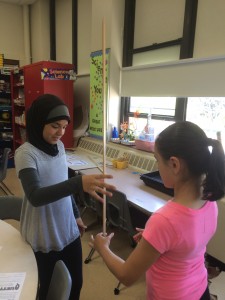
![IMG_3978[1]](https://iblog.dearbornschools.org/gruczl/wp-content/uploads/sites/1011/2016/05/IMG_39781-300x225.jpg)
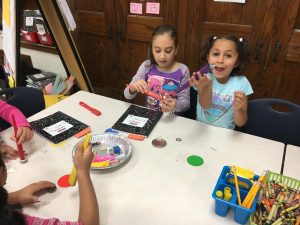
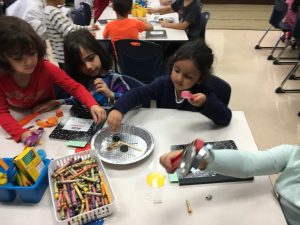
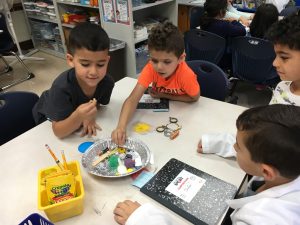
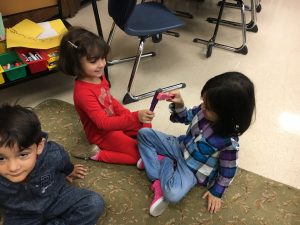
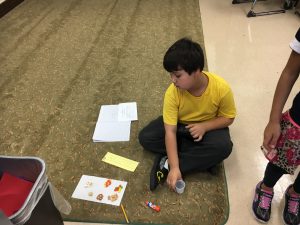
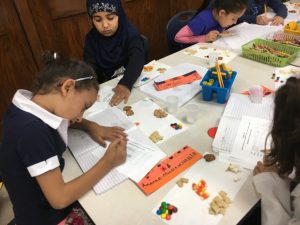
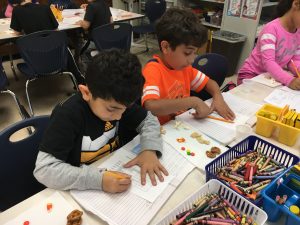
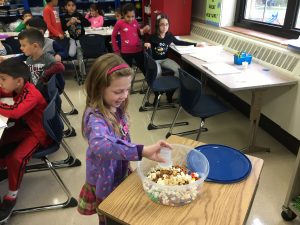
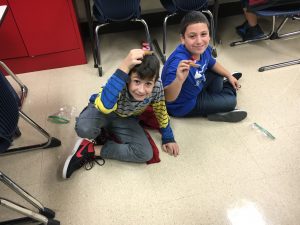
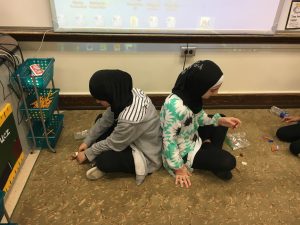
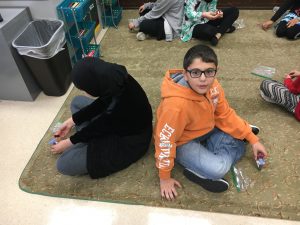
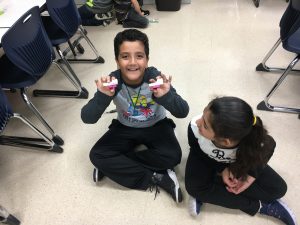

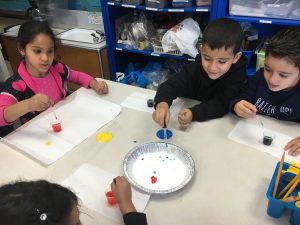
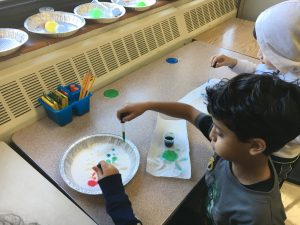
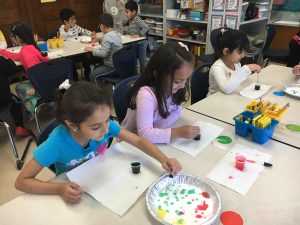
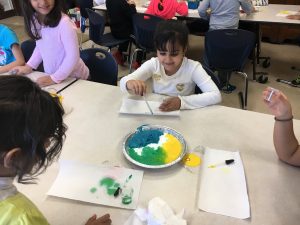
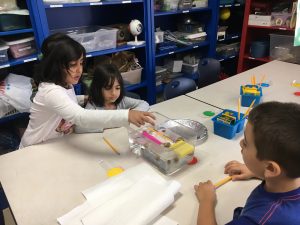
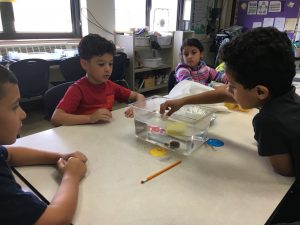
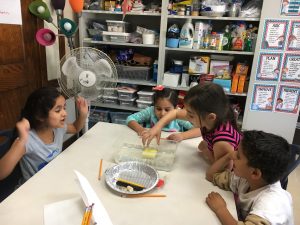
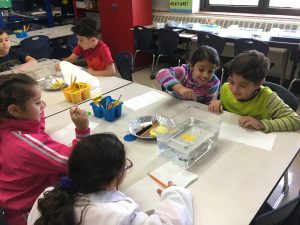
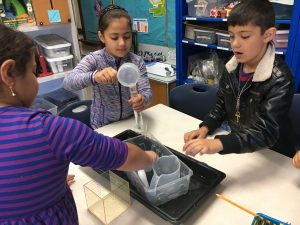
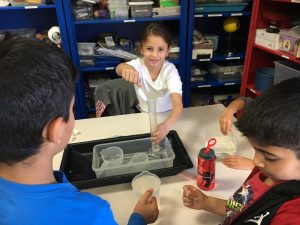
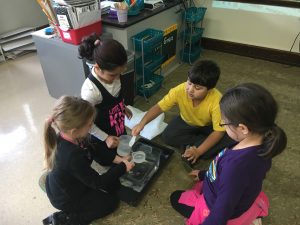
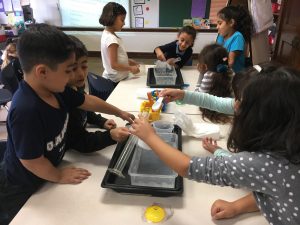
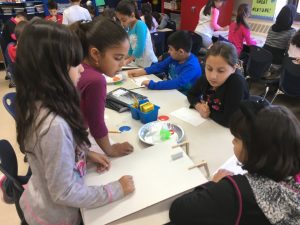
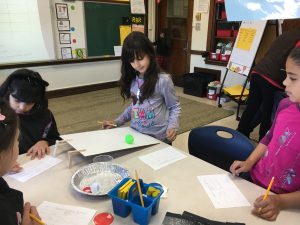
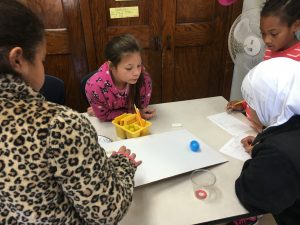
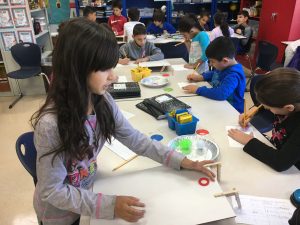
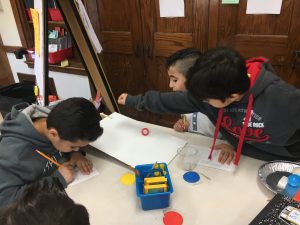

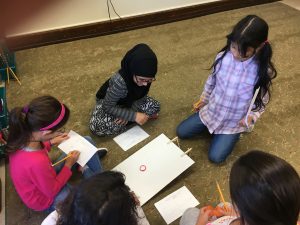
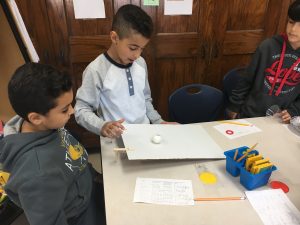
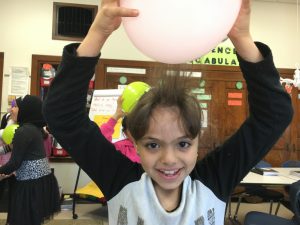

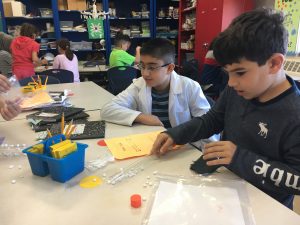
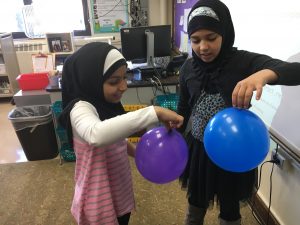

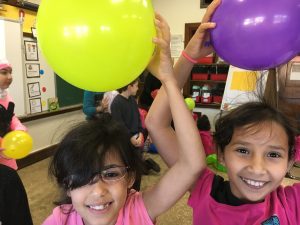

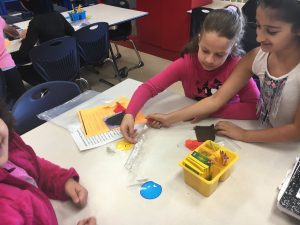
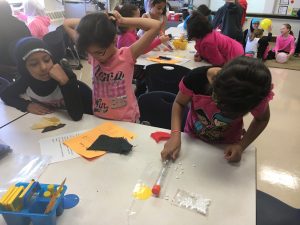
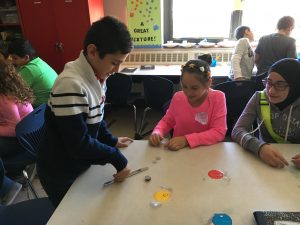
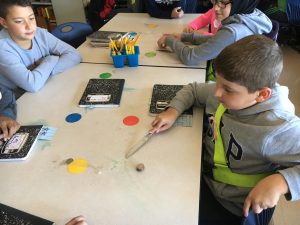

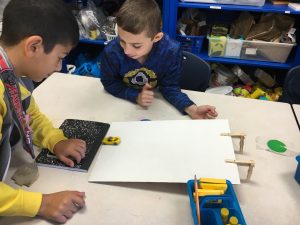
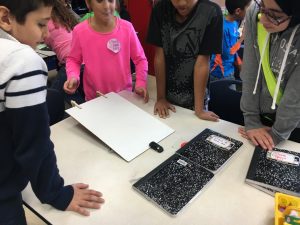
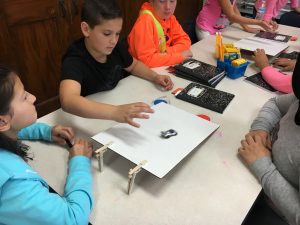
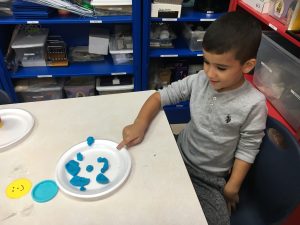

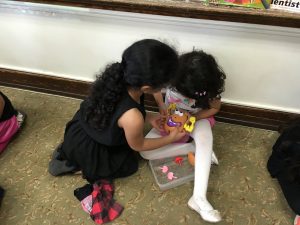
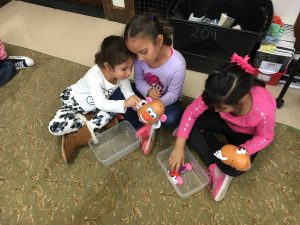
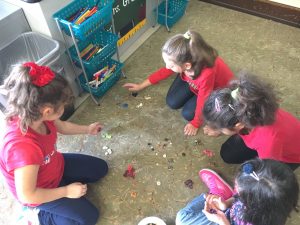
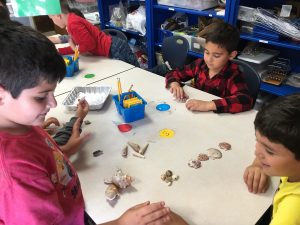
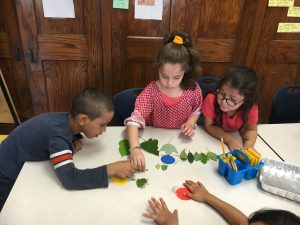

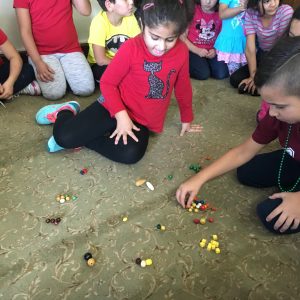
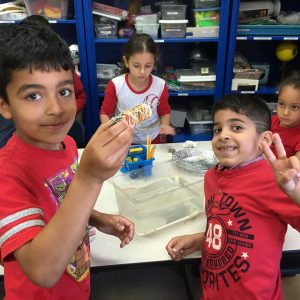
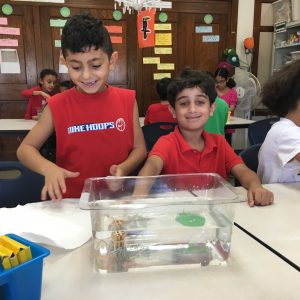
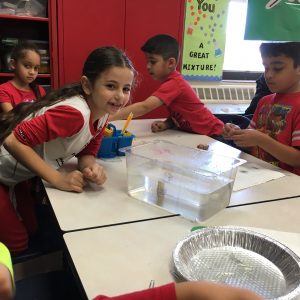
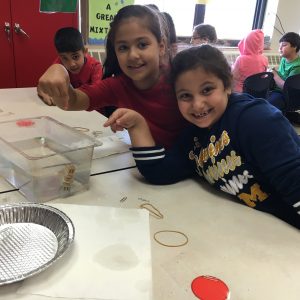
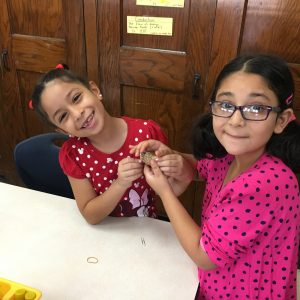
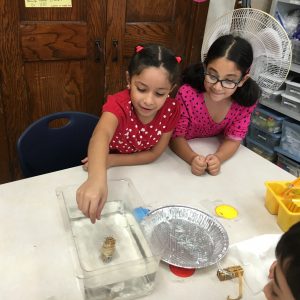
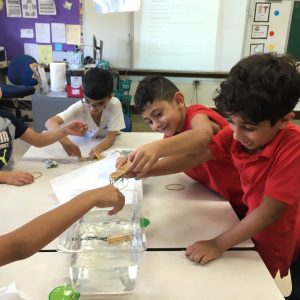

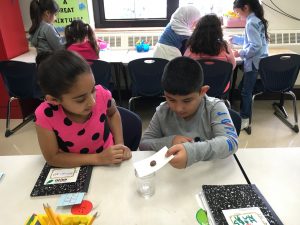
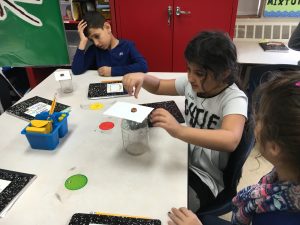
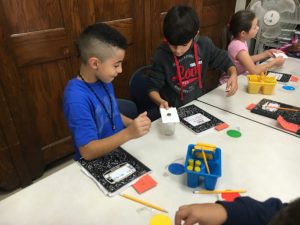
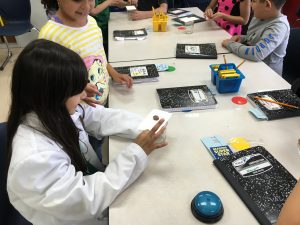
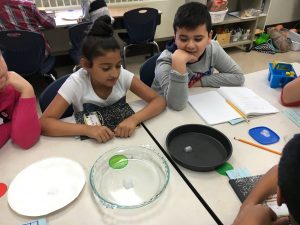

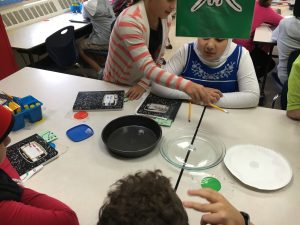
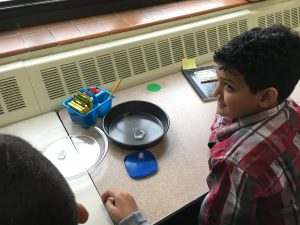
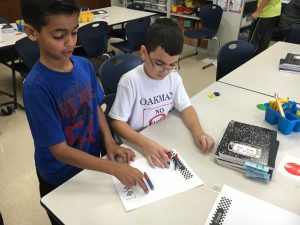
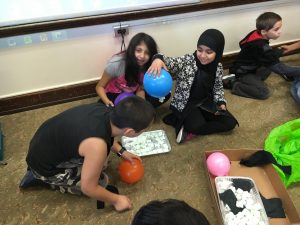
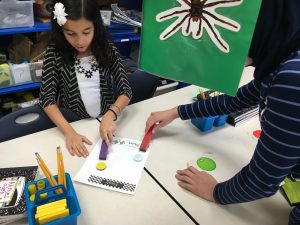
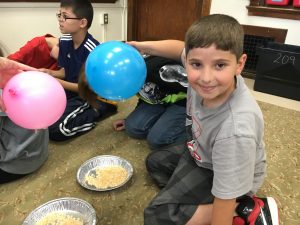
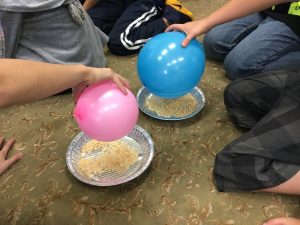
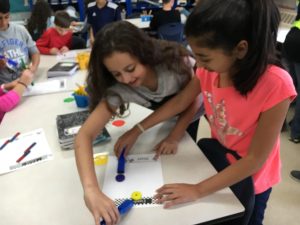
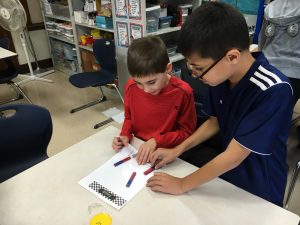
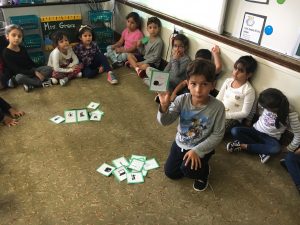
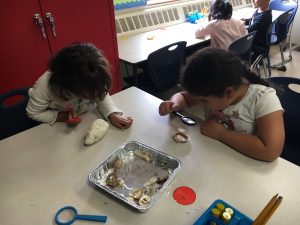
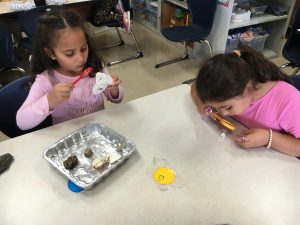
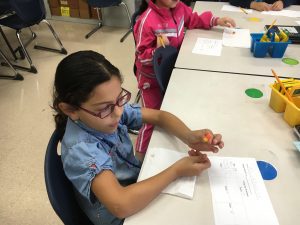
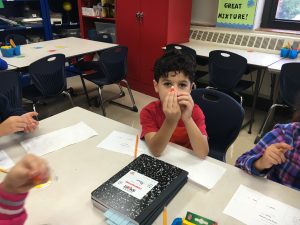

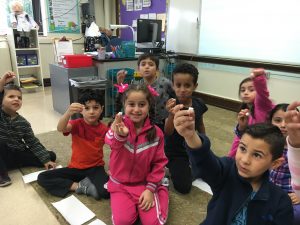
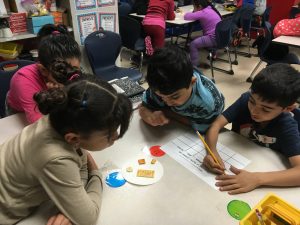
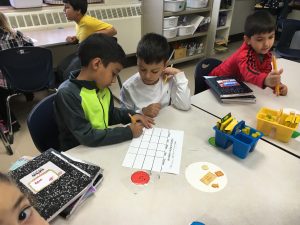

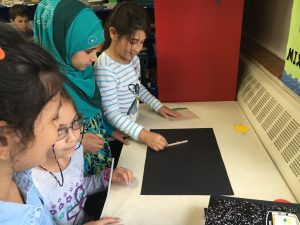
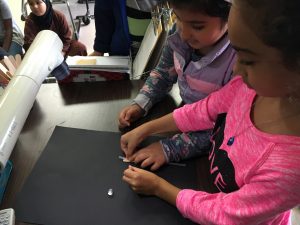
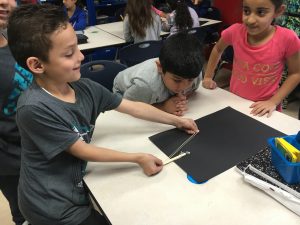
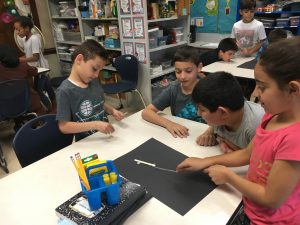
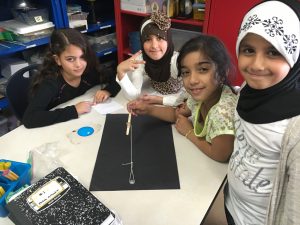
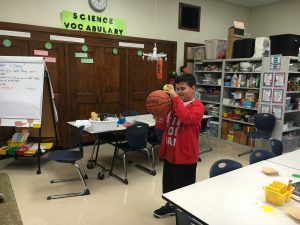
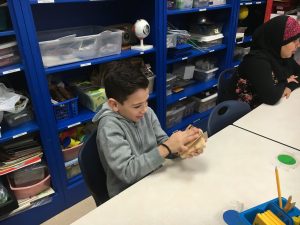
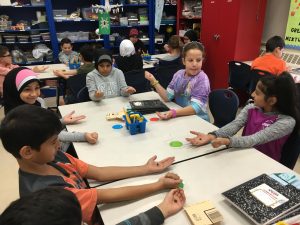
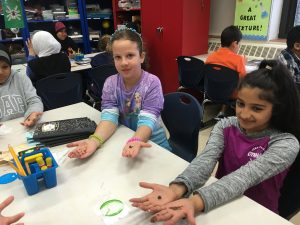
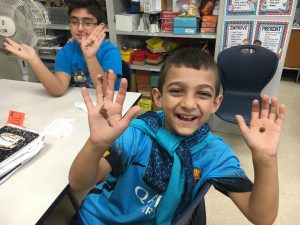
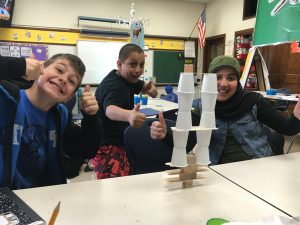
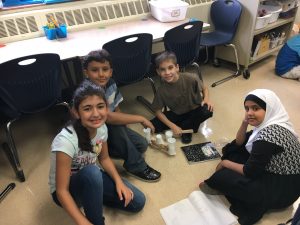
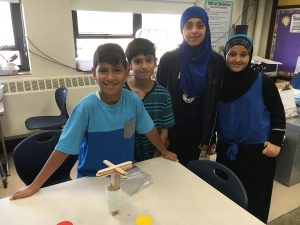
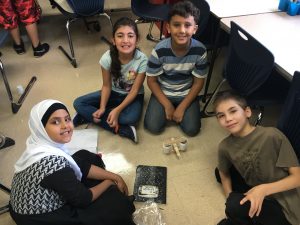
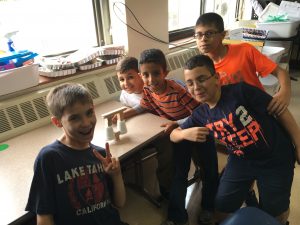

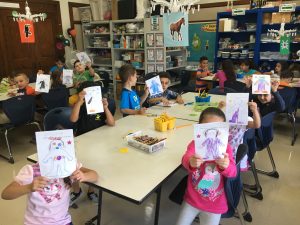

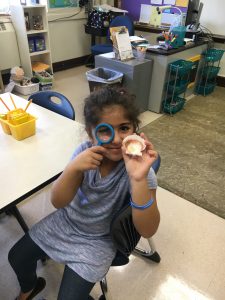
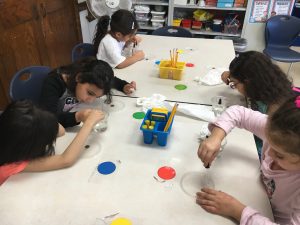
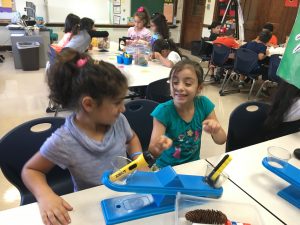
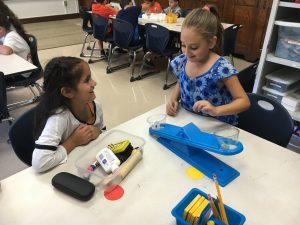
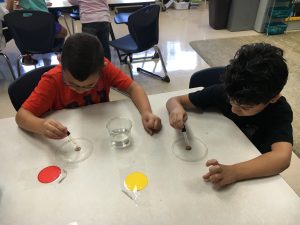
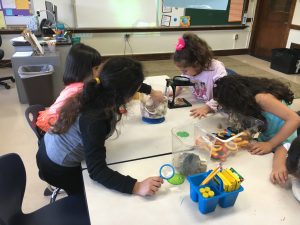
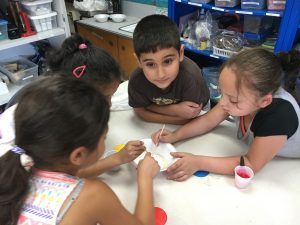
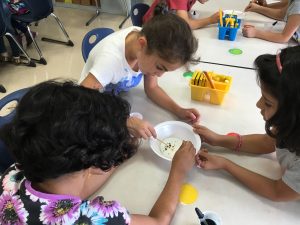
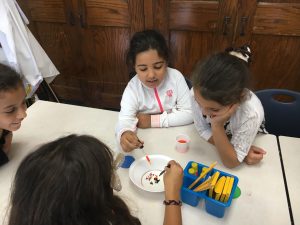
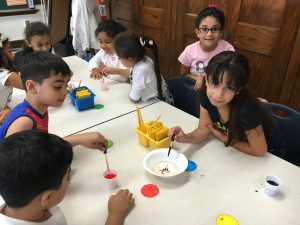
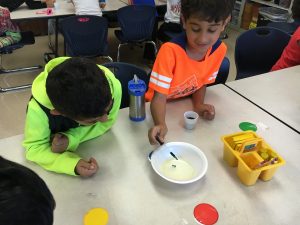
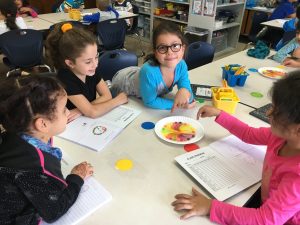
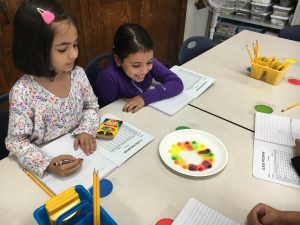
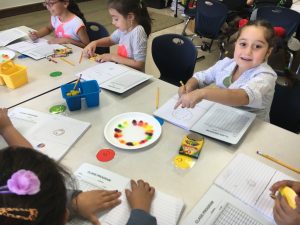
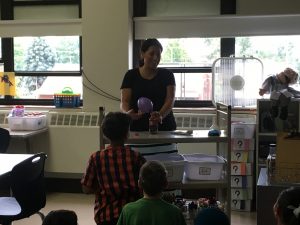
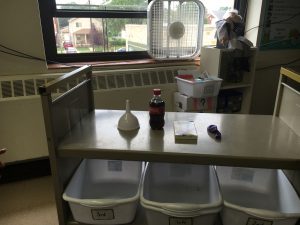
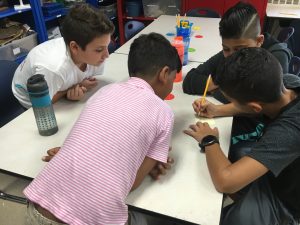
![IMG_3987[1]](https://iblog.dearbornschools.org/gruczl/wp-content/uploads/sites/1011/2016/05/IMG_39871-300x225.jpg)
![IMG_3989[1]](https://iblog.dearbornschools.org/gruczl/wp-content/uploads/sites/1011/2016/05/IMG_39891-300x225.jpg)
![IMG_3991[1]](https://iblog.dearbornschools.org/gruczl/wp-content/uploads/sites/1011/2016/05/IMG_39911-300x225.jpg)
![IMG_3992[1]](https://iblog.dearbornschools.org/gruczl/wp-content/uploads/sites/1011/2016/05/IMG_39921-300x225.jpg)
![IMG_3986[1]](https://iblog.dearbornschools.org/gruczl/wp-content/uploads/sites/1011/2016/05/IMG_39861-300x225.jpg)
![IMG_3975[1]](https://iblog.dearbornschools.org/gruczl/wp-content/uploads/sites/1011/2016/05/IMG_39751-300x225.jpg)
![IMG_3974[1]](https://iblog.dearbornschools.org/gruczl/wp-content/uploads/sites/1011/2016/05/IMG_39741-300x225.jpg)
![IMG_3972[1]](https://iblog.dearbornschools.org/gruczl/wp-content/uploads/sites/1011/2016/05/IMG_39721-300x225.jpg)
![IMG_3971[1]](https://iblog.dearbornschools.org/gruczl/wp-content/uploads/sites/1011/2016/05/IMG_39711-300x225.jpg)
![IMG_3970[1]](https://iblog.dearbornschools.org/gruczl/wp-content/uploads/sites/1011/2016/05/IMG_39701-300x225.jpg)
![IMG_3966[1]](https://iblog.dearbornschools.org/gruczl/wp-content/uploads/sites/1011/2016/05/IMG_39661-300x225.jpg)
![IMG_3964[1]](https://iblog.dearbornschools.org/gruczl/wp-content/uploads/sites/1011/2016/05/IMG_39641-300x225.jpg)
![IMG_3963[1]](https://iblog.dearbornschools.org/gruczl/wp-content/uploads/sites/1011/2016/05/IMG_39631-300x225.jpg)
![IMG_3962[1]](https://iblog.dearbornschools.org/gruczl/wp-content/uploads/sites/1011/2016/05/IMG_39621-300x225.jpg)
![IMG_3961[1]](https://iblog.dearbornschools.org/gruczl/wp-content/uploads/sites/1011/2016/05/IMG_39611-300x225.jpg)
![IMG_3960[1]](https://iblog.dearbornschools.org/gruczl/wp-content/uploads/sites/1011/2016/05/IMG_39601-300x225.jpg)
![IMG_3985[1]](https://iblog.dearbornschools.org/gruczl/wp-content/uploads/sites/1011/2016/05/IMG_39851-300x225.jpg)
![IMG_3981[1]](https://iblog.dearbornschools.org/gruczl/wp-content/uploads/sites/1011/2016/05/IMG_39811-300x225.jpg)

![IMG_3978[1]](https://iblog.dearbornschools.org/gruczl/wp-content/uploads/sites/1011/2016/05/IMG_39781-300x225.jpg)
![IMG_3913[1]](https://iblog.dearbornschools.org/gruczl/wp-content/uploads/sites/1011/2016/05/IMG_39131-300x225.jpg)
![IMG_3912[1]](https://iblog.dearbornschools.org/gruczl/wp-content/uploads/sites/1011/2016/05/IMG_39121-300x225.jpg)
![IMG_3910[1]](https://iblog.dearbornschools.org/gruczl/wp-content/uploads/sites/1011/2016/05/IMG_39101-300x225.jpg)
![IMG_3908[1]](https://iblog.dearbornschools.org/gruczl/wp-content/uploads/sites/1011/2016/05/IMG_39081-300x225.jpg)
![IMG_3916[1]](https://iblog.dearbornschools.org/gruczl/wp-content/uploads/sites/1011/2016/05/IMG_39161-300x225.jpg)
![IMG_3917[1]](https://iblog.dearbornschools.org/gruczl/wp-content/uploads/sites/1011/2016/05/IMG_39171-300x225.jpg)
![IMG_3918[1]](https://iblog.dearbornschools.org/gruczl/wp-content/uploads/sites/1011/2016/05/IMG_39181-300x225.jpg)
![IMG_3919[1]](https://iblog.dearbornschools.org/gruczl/wp-content/uploads/sites/1011/2016/05/IMG_39191-300x225.jpg)
![IMG_3921[1]](https://iblog.dearbornschools.org/gruczl/wp-content/uploads/sites/1011/2016/05/IMG_39211-300x225.jpg)
![IMG_3923[1]](https://iblog.dearbornschools.org/gruczl/wp-content/uploads/sites/1011/2016/05/IMG_39231-e1463675907449-300x225.jpg)
![IMG_3929[1]](https://iblog.dearbornschools.org/gruczl/wp-content/uploads/sites/1011/2016/05/IMG_39291-300x300.jpg)
![IMG_3930[1]](https://iblog.dearbornschools.org/gruczl/wp-content/uploads/sites/1011/2016/05/IMG_39301-300x300.jpg)
![IMG_3933[1]](https://iblog.dearbornschools.org/gruczl/wp-content/uploads/sites/1011/2016/05/IMG_39331-300x300.jpg)
![IMG_3934[1]](https://iblog.dearbornschools.org/gruczl/wp-content/uploads/sites/1011/2016/05/IMG_39341-300x300.jpg)
![IMG_3936[1]](https://iblog.dearbornschools.org/gruczl/wp-content/uploads/sites/1011/2016/05/IMG_39361-300x300.jpg)
![IMG_3830[1]](https://iblog.dearbornschools.org/gruczl/wp-content/uploads/sites/1011/2016/05/IMG_38301-300x225.jpg)
![IMG_3833[1]](https://iblog.dearbornschools.org/gruczl/wp-content/uploads/sites/1011/2016/05/IMG_38331-300x225.jpg)
![IMG_3835[1]](https://iblog.dearbornschools.org/gruczl/wp-content/uploads/sites/1011/2016/05/IMG_38351-300x225.jpg)
![IMG_3903[1]](https://iblog.dearbornschools.org/gruczl/wp-content/uploads/sites/1011/2016/05/IMG_39031-300x225.jpg)
![IMG_3819[1]](https://iblog.dearbornschools.org/gruczl/wp-content/uploads/sites/1011/2016/05/IMG_38191-300x225.jpg)
![IMG_3822[1]](https://iblog.dearbornschools.org/gruczl/wp-content/uploads/sites/1011/2016/05/IMG_38221-300x225.jpg)
![IMG_3823[1]](https://iblog.dearbornschools.org/gruczl/wp-content/uploads/sites/1011/2016/05/IMG_38231-300x225.jpg)
![IMG_3827[1]](https://iblog.dearbornschools.org/gruczl/wp-content/uploads/sites/1011/2016/05/IMG_38271-300x225.jpg)
![IMG_3897[1]](https://iblog.dearbornschools.org/gruczl/wp-content/uploads/sites/1011/2016/05/IMG_38971-300x225.jpg)
![IMG_3899[1]](https://iblog.dearbornschools.org/gruczl/wp-content/uploads/sites/1011/2016/05/IMG_38991-300x225.jpg)
![IMG_3901[1]](https://iblog.dearbornschools.org/gruczl/wp-content/uploads/sites/1011/2016/05/IMG_39011-300x225.jpg)
![IMG_3902[1]](https://iblog.dearbornschools.org/gruczl/wp-content/uploads/sites/1011/2016/05/IMG_39021-300x225.jpg)
![IMG_3914[1]](https://iblog.dearbornschools.org/gruczl/wp-content/uploads/sites/1011/2016/05/IMG_39141-169x300.png)
![IMG_3905[1]](https://iblog.dearbornschools.org/gruczl/wp-content/uploads/sites/1011/2016/05/IMG_39051-300x225.jpg)
![IMG_3906[1]](https://iblog.dearbornschools.org/gruczl/wp-content/uploads/sites/1011/2016/05/IMG_39061-300x225.jpg)